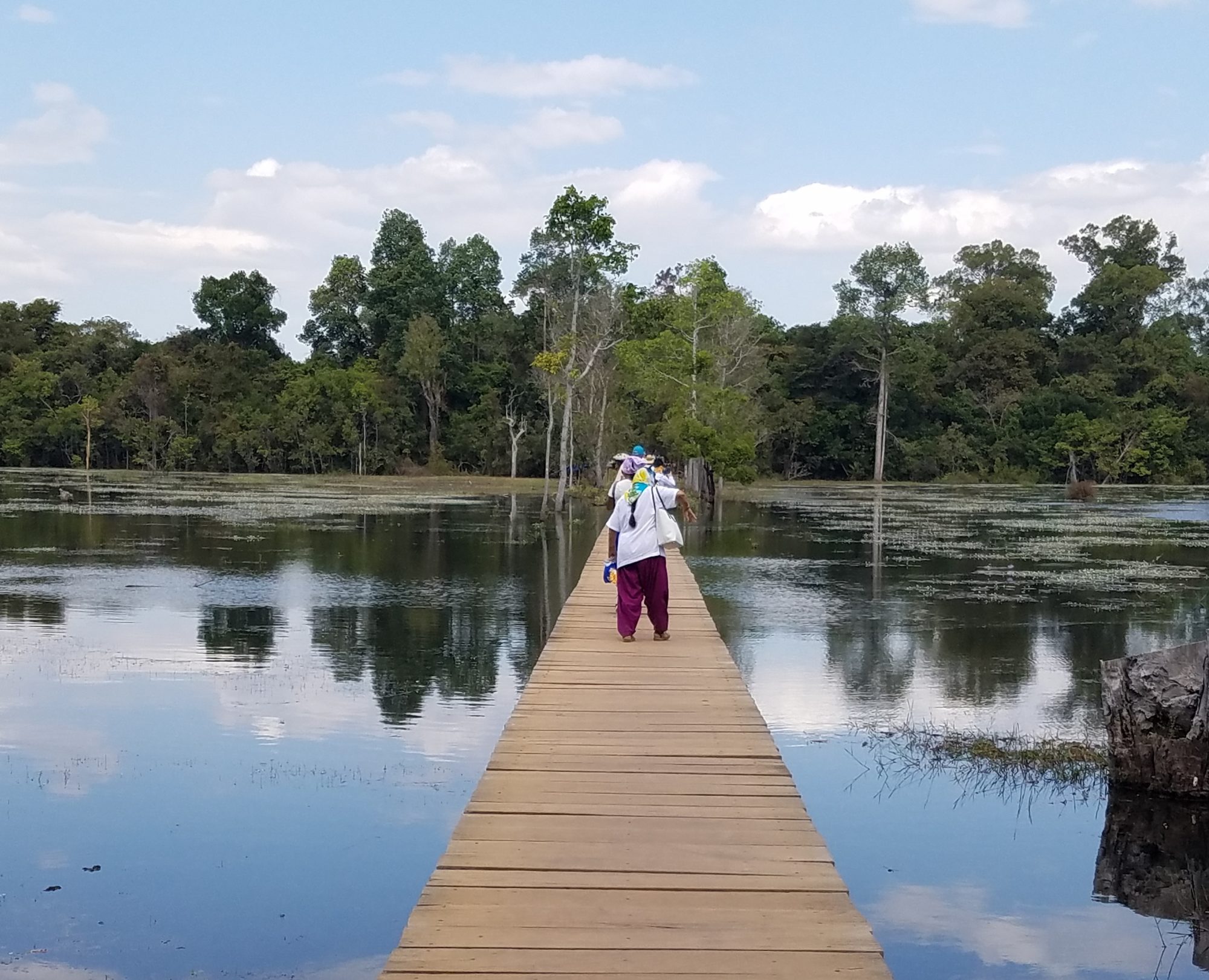Qingdao is the city I’ve called home for the past four years. In Chinese terms, it is a mid-sized, second-tier city of just over 9 million people. Yes, essentially the size of the Chicago Metro Area. Recently it has won numerous awards and recognitions, including China’s Most Livable City, Top Up and Coming City, and the Middle Kingdom’s Second Most Beautiful City (Hangzhou, apparently, was the most beautiful).
It’s hard to talk at all about Qingdao without mentioning the German influence. In the late 1800s, Qingdao was little more than a small fishing village. In 1891, however, the Qing Empire decided to build up the Qingdao coast militarily as a defense against a Naval attack. In short order, though, the German Navy spotted the fortifications and in 1897, they seized and occupied the built-up territory, becoming the first European colony on mainland China. Germany would sign a 99-year lease agreement with the Qing to occupy the land.

Upon taking control, the Germans quickly began building wide streets, solid housing areas, government buildings, and a sewer system. They also provided electricity and a clean water supply that was rare in most of China at the time. Many of the buildings erected by the Germans still stand today, in stark contrast to both the traditional and modern Chinese architectural styles.
There were prominent Protestant and Roman Catholic missions at the time and both built churches next to each other that are still two of Qingdao’s biggest tourist attractions today. St. Michael’s Cathedral began as a small three-aisled Gothic church named St. Emil’s. Construction began in 1898, but the Catholic diocese soon decided to upgrade to a cathedral. Due to World War 1 and the Japanese occupation, construction didn’t actually finish until 1933, when the Gothic style was abandoned in favor of a Romanesque Revival one. St. Michael’s Cathedral still sits on a hill in “Old Qingdao” and is a popular spot for wedding photos.

Next door to St. Michael’s, and much more spartan in appearance, lies the Qingdao Christian Church. The church was built from 1908-1910 using granite from nearby Mount Lao. A green-roofed bell tower stands in contrast to the traditional red roofs of the church and most of Old Qingdao. The bell tower is open to tourists, and a 40-meter climb up steep steps reveals a remarkable view of the city.

Of course, being Germans, they also built a brewery. The Germania Brewery was founded in 1903 and began to introduce the Chinese to beer. The brewery would later change its name to Tsingtao Brewery and is mainly responsible for Qingdao still being referred to as “The Beer City” in China. Fifty years ago, Tsingtao Beer began to be exported and it has since become China’s best-selling beer worldwide. It is also the first Chinese company to go public outside of China.


Another famous German-built structure is the former Governor’s Mansion. The 4,000 square foot mansion was the home of the German Governor-General of Qingdao and features 30 rooms, each with a unique style and distinct fireplace. In 1934 it was renamed the Guest House and became a hotel for visiting dignitaries and VIPs. It still exists as a hotel, museum, and art gallery.

Despite the lasting reminders, the German occupation of Qingdao was relatively short-lived. In 1914, World War I broke out. Japan quickly invaded several areas of China, including Qingdao, and quickly kicked the Germans out. This first 20th-century Japanese occupation of Qingdao would last eight years. The Japanese would again invade Qingdao as a prelude to World War II in 1938.

Might be moving to Qingdao for a new teaching gig. Enjoyed reading your piece.
Thanks, Richard! I live in Shanghai now, but still miss Qingdao. It’s a beautiful city with lots to do and see. Definitely one of the best cities to live in as a foreigner.
Well, I ended up in Beijing, but maybe I can make it to Qingdao to visit (or maybe a future teaching contract).